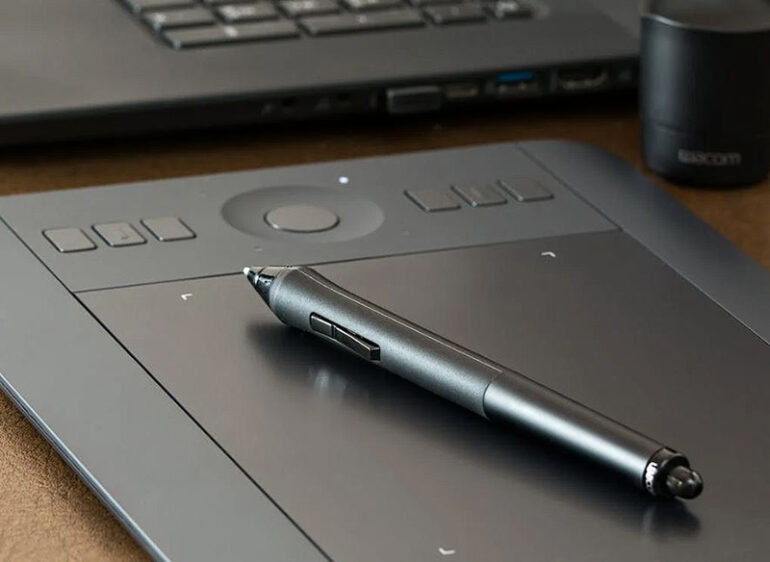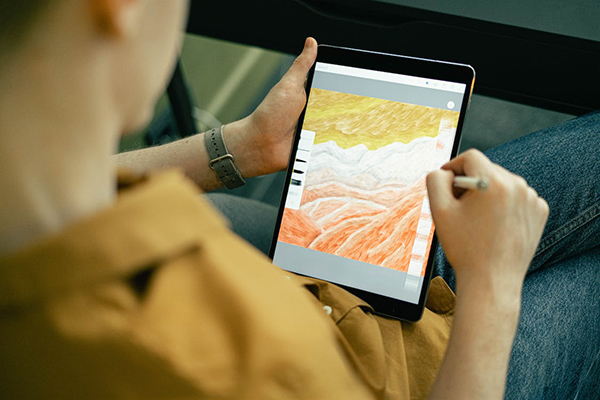New technologies such as software and gadgets have made life so much simpler. A few popular use cases for this are for students, where learning new lessons and concepts can be easily done through a simple search on their browser. In addition, solving math equations can already be done by simply taking a picture and having software explain the solution as well. While these use cases are truly monumental, the advances in technology for art are often shrouded by those that are for the STEM fields. The innovation for art has been so immense that there is now specialized software intended for creating art.
Drawing
Among all the subcategories under digital art, drawing or painting digitally is perhaps the most popular. To create their work, digital artists would normally use either a drawing tablet or a tablet for their work. However, digital art does not simply end with the hardware because the software is just as equally important. Software used to draw digitally includes a wide selection of brushes, colors, templates, and tools that traditional art does not offer. Other than all the choices artists are given, they are also able to avoid making a mess by spilling or smudging the paint on a canvas or worse, on walls, floors, or furniture.
3D Modeling
While drawing digitally, has created a whole new genre for art, 3D modeling was able to innovate in already existing fields. Take architecture for example, where before 3D modeling was created, architects needed to design everything on paper by hand. Whereas the architects of today have the option to create designs that they can easily showcase to their clients. Another use of this technology is for producing products and making prototypes. Since the rise of 3D modeling, designing prototypes started to come at a cheaper price because before creating a physical prototype, it would be first drafted on a computer, helping avoid any extra costs.
Digital Photography
When people hear that digital photography is a part of digital art, they can’t help but be in shock. With the advancements in technology, photography has become accessible to anyone with a phone. And by today’s standards, that would mean anyone can partake in this form of art. Every year that passes by marks new advancements in the realm of digital photography, such as fitting cameras that have higher resolutions into a smaller camera body or even improving software to digitally enhance pictures and remove unwanted objects from the background. And seeing all of this laid out it puts into perspective just how far design and engineering have come.
When referring to digital art, what is being referred to is usually only limited to digital painting. However, just about any work of art that was done digitally can already be considered to be digital art. And only further illustrates just how extensive the range and reach that it encompasses. Art has always had a reputation for being exclusive, yet all of this has begun to change because of the artists of today’s generation dictating that art is something that should be shared for the world to see.
Photo Attribution:
1st and featured image from https://www.pexels.com/photo/business-close-up-commerce-communication-301792/
2nd image from https://www.pexels.com/photo/person-drawing-on-a-tablet-4238489/

